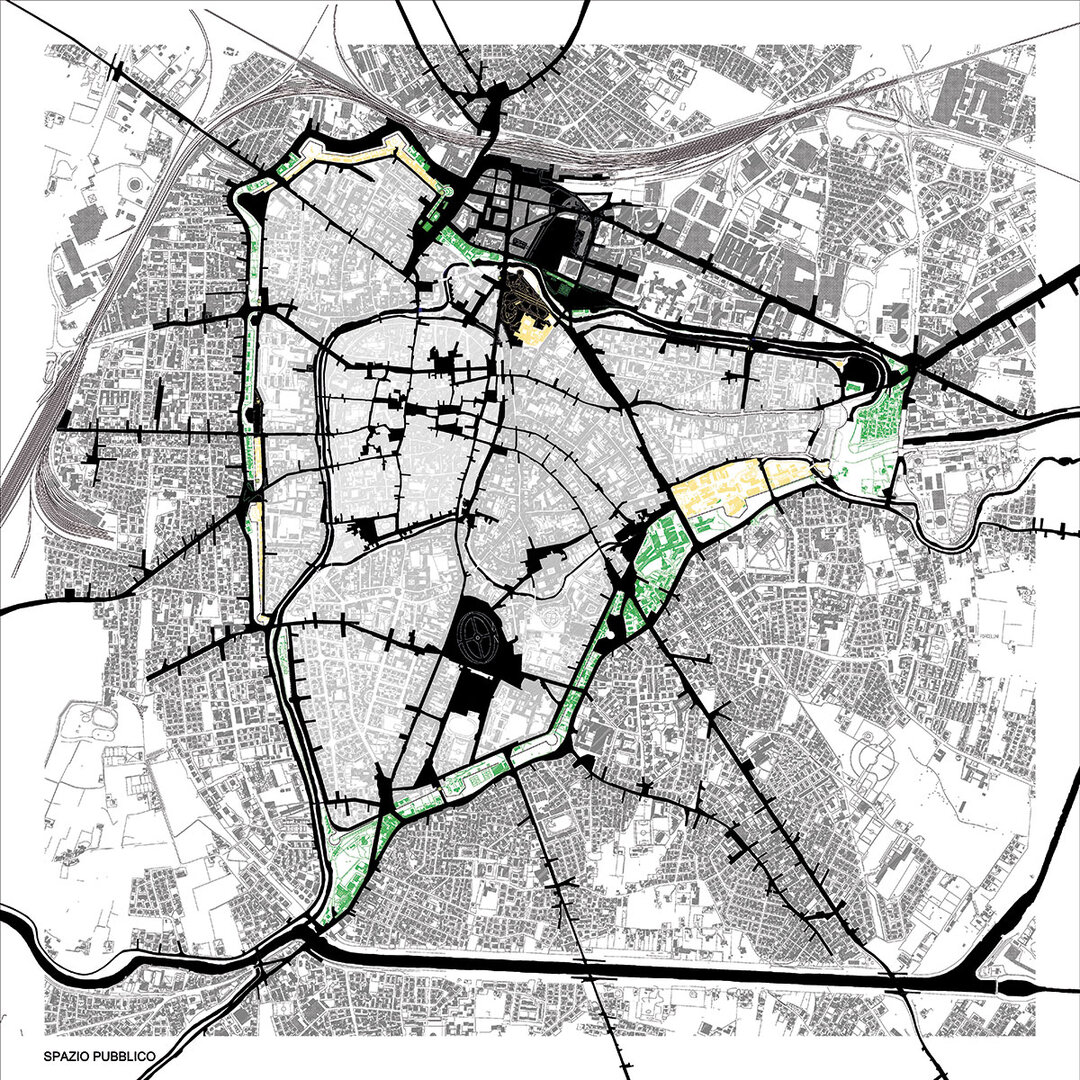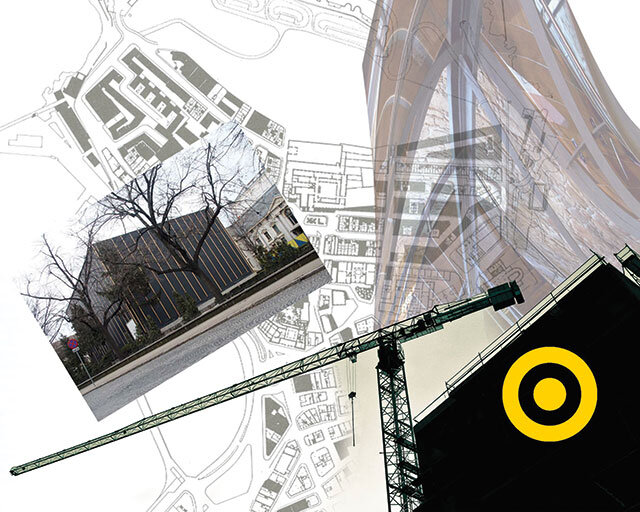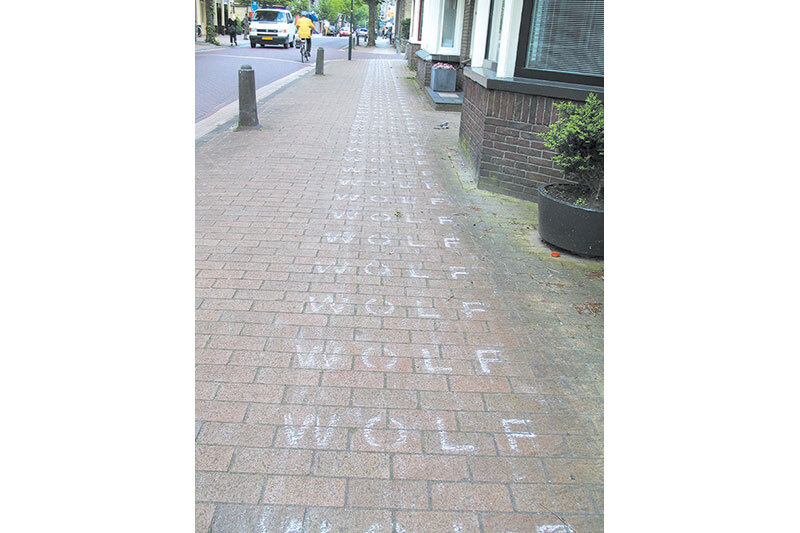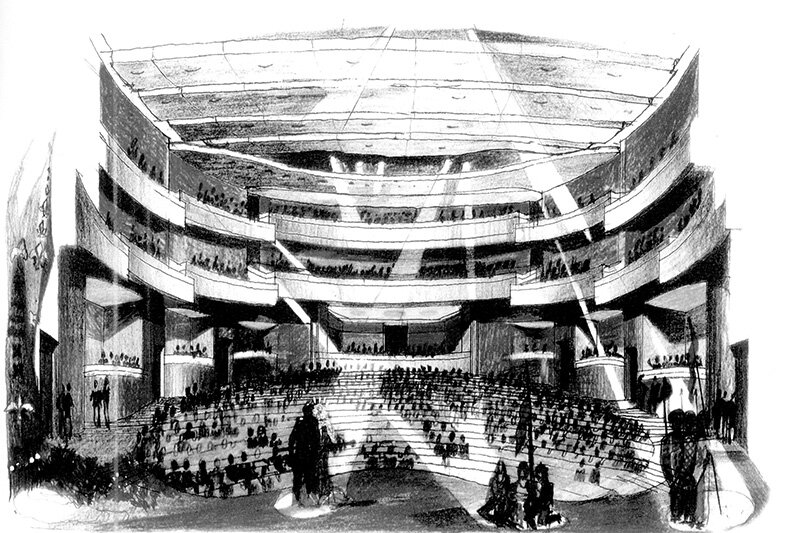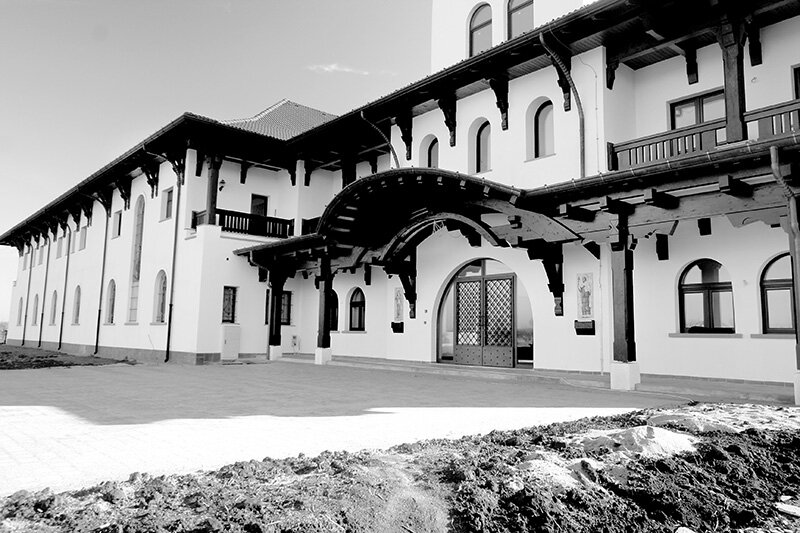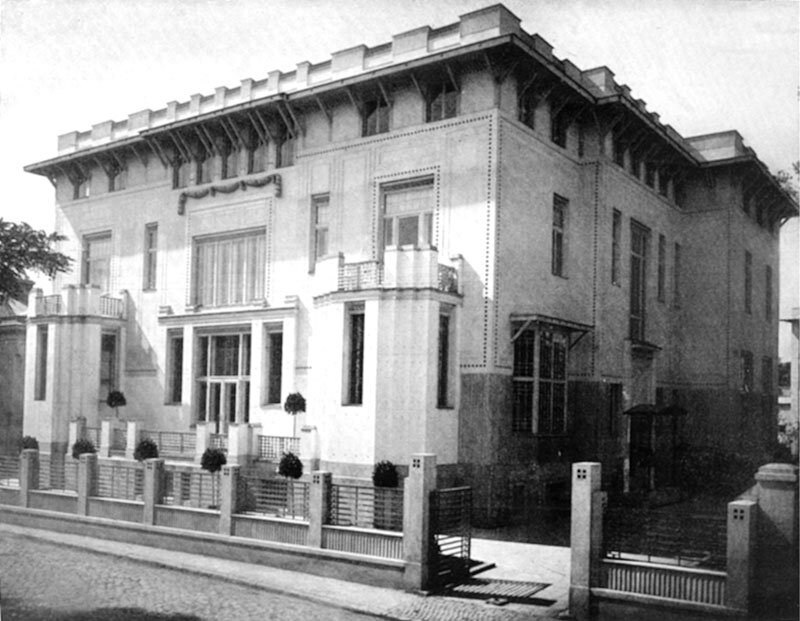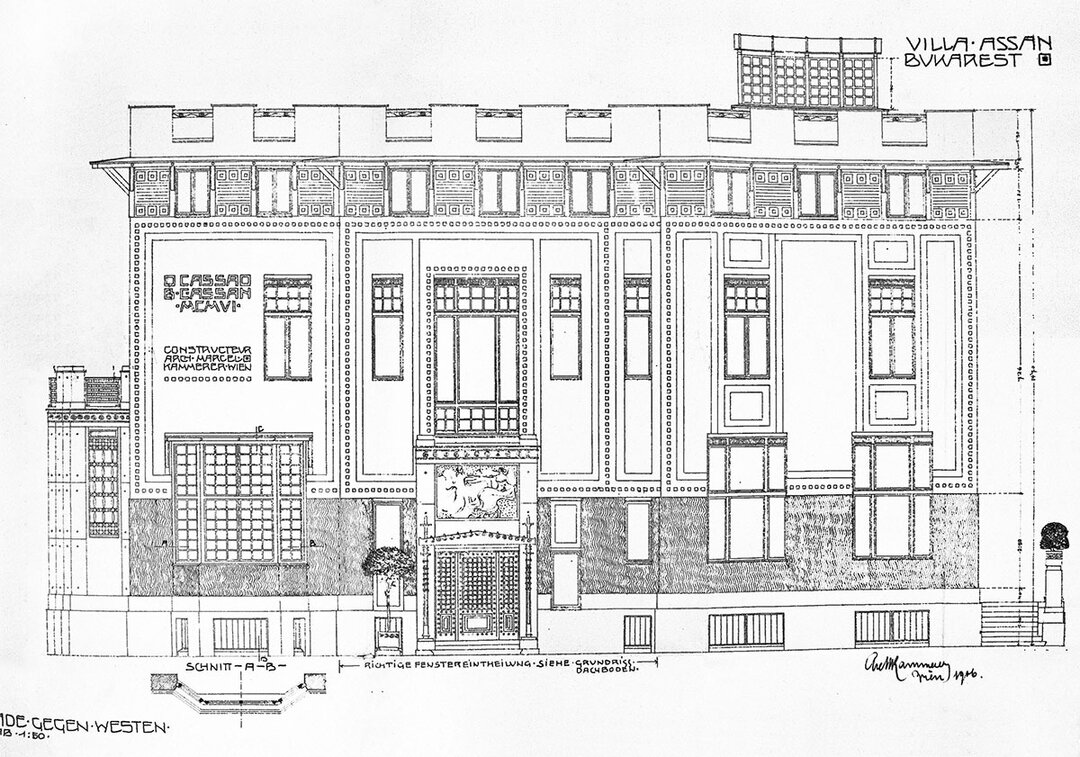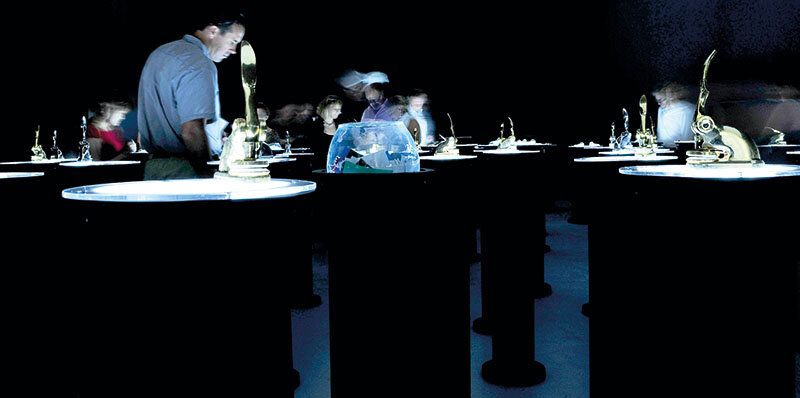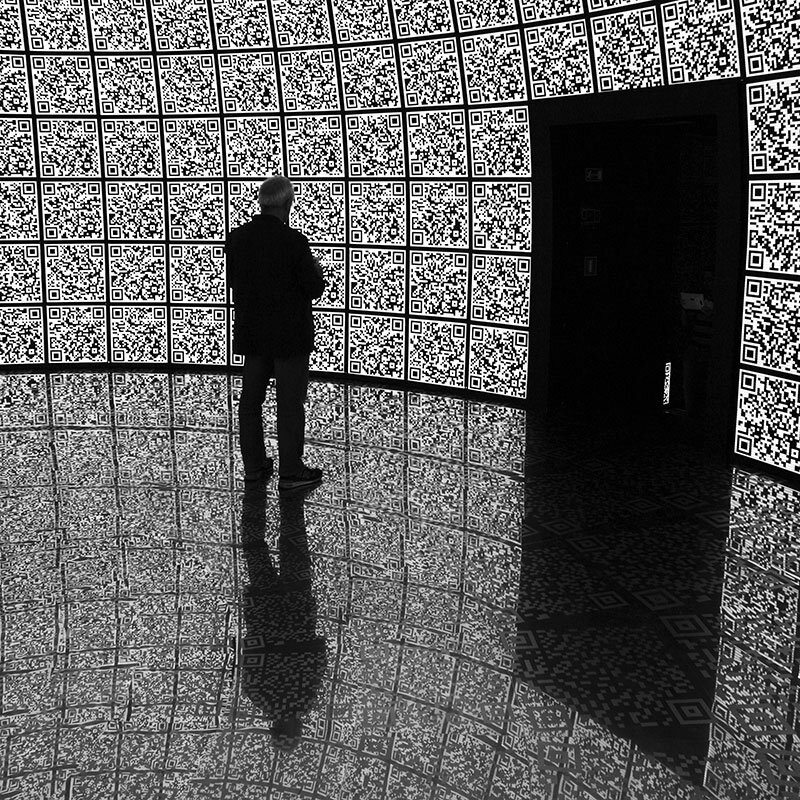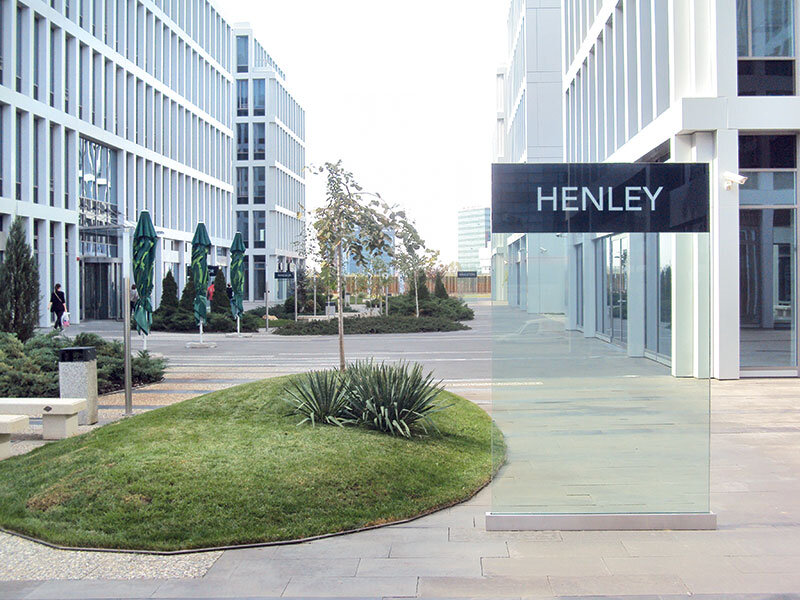
Destinul avangardei
The Destiny of the Avant-garde
| Avangarda nu este un curent artistic, nici măcar o tendință. Este o stare de spirit, o căutare a spiritului însetat de libertate. Atât în sfera vieții politice, cât și în cea a vieții interioare, libertatea este în primul rând eliberare: ca să fiu liber pentru ceva trebuie să mă eliberez de (alt)ceva; de ceea ce îmi reține avântul, de inerția ființei, numită pesanteur de Simone Weil, care se opune harului. |
| Însă limbajul teologic nu este unanim acceptat. A încerca să numim acel „ceva” de care artistul-în-căutare vrea să se elibereze pare o tentativă riscantă. Nevoile spirituale ale acelui frământat început de secol al XX-lea sunt contradictorii. Există totuși convergențe ce nu pot fi tăgăduite. Mai toate prezentările avangardei încep prin a observa că refuzul imitației naturii pare a fi punctul de pornire al acelor mișcări artistice; este ceea ce le leagă unele de altele, dincolo sau mai degrabă dincoace de divergențele lor mai profunde. Semnificația acestui refuz este la rândul ei problematică. Este negată imitația, așa cum spun de obicei istoricii, sau mai degrabă natura însăși? Sau și una, și alta? Aceste întrebări merită formulate, cu precizarea că nici imitația-mimesis, nici natura nu sunt noțiuni simple.
Formulez următoarea ipoteză: negarea naturii, în orice caz a dependenței față de natură - ce nu exclude o posibilă întoarcere, în condiții reînnoite, la o altă „natură” - este ideea fundamentală a celor patru mari curente (expresionismul, cubismul, futurismul, abstracționismul) ale avangardei antebelice. Aceste curente pot fi grupate în două perechi, prima fiind cea a expresionismului și abstracționismului. Arta abstractă este una din posibilele metamorfoze ale expresionismului. Mai mult decât atât, un studiu al almanahului „Der Blaue Reiter”, în care publică, printre alții, prietenii Franz Marc și Wassily Kandinsky, sugerează o cvasi-identitate a acestor curente. La fiecare artist regăsim afirmația spiritualității artei și, totodată, o încredere în puterea transformatoare a acesteia. Eul colectiv, nu numai cel individual, este cel vizat de voința de transformare. Conștiința artistului nu este, pur și simplu, cea a individului izolat. Artistul lansează un apel către semenii săi, în acest moment istoric gândit ca un Wendepunkt, un kairos, cel al întoarcerii la valorile spirituale ale artei. Cealaltă pereche, a cubismului și futurismului, este mai puțin unitară. Aceste mișcări exprimă încrederea în capacitatea constructivă a omului modern: o privire îndreptată spre viitor, spre transformarea lumii prin tehnică. Artistul cubist este interesat de limbajul geometric al omului nou, de structura lumii vieții, în timp ce futuriștii vor să participe, prin arta lor, la dinamismul acestei lumi. Mai degrabă implicită în cazul cubismului, negarea lumii vechi în toate aspectele sale devine tema dominantă a manifestelor futuriste. Dacă noțiunea de „interesant” provine de la inter esse, „a fi între”, este de la sine înțeles că mai interesante sunt cele două curente spiritualiste, în măsura în care locul lor este între lumea veche și cea nouă. Nu același lucru se poate spune despre cubism și futurism. În ciuda sau, mai degrabă, în virtutea caracterului lor revoluționar, aceste curente ne apar, cel puțin retrospectiv, ca fiind oarecum previzibile. S-a spus despre cubism că vine cu „trei secole de întârziere”, programul său fiind un soi de traducere, în termenii artei, a Discursului despre metodă, manifestul modernității publicat de Descartes în 1637. Din contră, expresionismul și abstracționismul își asumă de la bun început paradoxul unei „voințe de artă” metafizice ca alternativă la „stupidul materialism”. Este vorba de o artă ce se vrea în același timp radical modernă, capabilă să insufle un spirit nou modernității care și-a consumat resursele, fiind deja devorată pe dinăuntru de „musafirul nedorit - nihilismul” (F. Nietzsche). Înțelegem de ce scrierea cea mai semnificativă a acestei școli, Despre Spiritualul în artă, formulează de la bun început o aspirație ce stă la baza întregii mișcări: „Sufletul nostru care, după o lungă perioadă de materialism, abia începe să se trezească, conține ascunși germenii disperării de a nu cunoaște credința, de a fi fost lipsit de scop și ideal”. Această artă nu se naște, pur și simplu, dintr-un prea-plin, ci din „disperarea” sufletului pândit de „musafirul nedorit”. Însă meditația lui Kandinsky exprimă totodată bucuria omului creator, animat de speranța reînnoirii lumii. Expresionismul și arta abstractă sunt, așadar, prin însăși existența lor, o promisiune adresată lumii și, la un nivel mai adânc, un pariu cvasi-pascalian al spiritului cu sine însuși - pariul artei și al capacității sale mântuitoare. Faptul că pariul a fost pierdut constituie tragedia artei moderne, pe care îmi propun s-o rescriu într-un studiu mai amplu. Vor fi menționate aici etapele unei posibile reconstituiri. |
| Citiți textul integral în numărul 6/2012 al revistei Arhitectura. |
| The avant-garde is not an artistic movement; it isn’t even a trend. It is a mood, the quest of a spirit athirst for freedom. Both in the political sphere and in the sphere of the inner life, freedom is above all a release: in order to be free for something, I have to release myself from something (else); from what holds me back, from the inertia of being, termed pesanteur by Simone Weil, which is the opposite of grace. |
| But such theological language is not unanimously accepted. To attempt to name that “something” from which the searching artist wishes to release himself seems a risky endeavour. The spiritual needs of the turbulent dawn of the twentieth century were contradictory. Nevertheless, there were undeniable convergences. Most presentations of the avant-garde begin by pointing out that the rejection of the imitation of nature seems to have been the starting point of such artistic movements; it is what connects them, above or rather beneath their deeper divergences. The meaning of this rejection is in its turn problematical. Is it imitation that is rejected, as the historians are wont to claim, or is it nature itself? Or is it both the one and the other? These questions are worth posing, with the proviso that neither imitation/mimesis nor nature is a simple notion.
Let me formulate the following hypothesis: the rejection of nature, or in any event dependence upon nature, which does not rule out a potential return, under renewed circumstances, to a different “nature”, is the fundamental idea of the four major movements (Expressionism, Cubism, Futurism, abstract art) of the pre-First World War avant-garde. These movements can be grouped into two pairs, the first of which would include Expressionism and abstract art. Abstract art is one of the possible metamorphoses of Expressionism. Moreover, an examination of Der Blaue Reiter almanach, which published work by friends Franz Marc and Wassily Kandinsky among others, would suggest the near identicalness of the two movements. In each artist we discover an affirmation of the spirituality of art and at the same time confidence in its transformational power. The will to transformation aims at not only the individual self but also the collective ‘I’. The artist’s consciousness is not merely that of the isolated individual. In that historical moment conceived as a Wendepunkt, a kairos, the artist urges his peers to return to the spiritual values of art. The other pair, Cubism and Futurism, is less unified. The two movements express confidence in modern man’s constructive capacity: the gaze is directed towards the future, towards the transformation of the world through technology. The Cubist artist is interested in the geometrical language of the new man, in the structure of the world of life, while the Futurists wish to take part, via their art, in the dynamism of this world. Sooner implicit in the case of Cubism, the rejection of the old word in all its aspects becomes the dominant theme of the Futurist manifestos. If the notion of “interesting” derives from inter esse, “to be between”, it is self-evident that the two spiritual movements are the more interesting, inasmuch as their locus is between the old and the new world. The same cannot be said of Cubism and Futurism. In spite or rather by virtue of their revolutionary character, these movements appear to us, at least in hindsight, to be somewhat predictable. It has been said of Cubism that it came “three centuries late”, its programme being a kind of translation into artistic terms of the Discourse on the Method, the manifesto of modernity published by Descartes in 1637. Expressionism and abstract art, on the other hand, accept from the outset the paradox of a metaphysical “will to art” as an alternative to “crass materialism”. It is a question of an art that aims at the same time to be radically modern, capable of breathing a new spirit into the modernity that has used up its resources and is already being devoured from within by “the uninvited guest - nihilism” (F. Nietzsche). We understand why the movement’s most significant text, On the Spiritual in Art, formulates from the outset an aspiration that rests at the foundation of the entire school: “Our soul, which, after a long period of materialism, is only just beginning to awaken, contains the hidden seeds of the despair at no longer experiencing faith, at being devoid of purpose or ideal”. This art does not arise from abundance, but from the “despair” of the soul haunted by the “uninvited guest”. But Kandinsky’s meditation also expresses the joy of the creator, inspired by the hope of renewing the world. By their very existence, Expressionism and abstract art are therefore a promise addressed to the world and, at a deeper level, a kind of Pascal’s wager of the spirit with itself, the wager of art and its redeeming potential. The fact that the wager was lost is the tragedy of modern art, which I aim to describe in a longer study. Here, however, I shall merely lay out the stages of a possible reconstruction. |
| Read the full text in the print magazine. |

